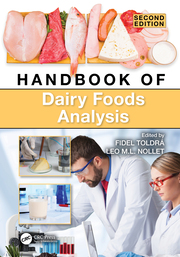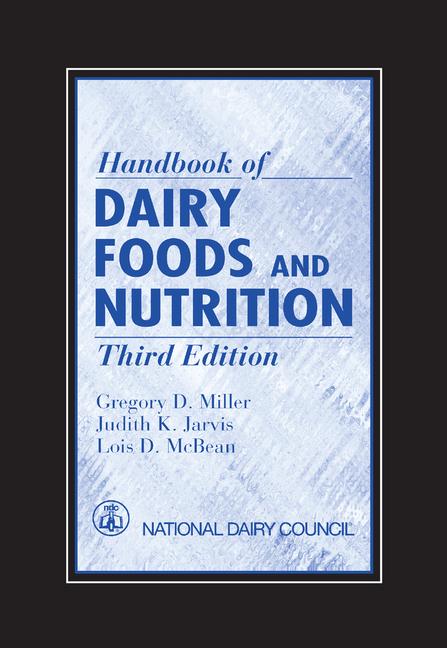It’s time for FDA to act on cheese standards
Outdated regulations put the U.S. cheese industry at a competitive disadvantage

Cheesemakers in the United States producing specific varieties of cheese, including cheddar, mozzarella, Parmesan and pasteurized process cheese, must adhere to FDA’s food standards of identity. There are 75 different federal cheese standards that dictate the types of dairy and other ingredients permitted, along with specific compositional requirements such as minimum milkfat and moisture content of each type of cheese.
The International Dairy Foods Association (IDFA) has been working for over two decades to enact changes to the standards to reflect ingredient innovation and novel processing techniques such as milk filtration. But due to FDA’s complex requirements, lack of knowledge about cheesemaking and lack of resources for non-food-safety work, the standards have languished for decades, and American dairy has paid a hefty price in opportunities lost.
Current cheese standards limit the types of dairy ingredients allowed in cheese to milk, nonfat milk and cream, which can be either concentrated or reconstituted. Additionally, FDA has permitted the use of milk filtration in the manufacture of cheese under the alternative make procedures — but only if the milk is filtered in the same plant where the cheese is manufactured.
Mechanical filtration of milk separates the milk components based on molecular size. Ultrafiltration (UF) produces a “permeate” stream consisting of water-soluble constituents such as lactose, as well as minerals that are typically removed in the cheesemaking process.
UF also helps to retain the proteins and fat in “retentate” which is used to fortify milk for cheesemaking, producing a higher yield of cheese, less food waste (whey disposal), processing efficiencies and more uniform product quality. Cheese made with filtered milk retentate is equivalent physically, chemically and nutritionally to cheese made using traditional milk ingredients and procedures.
Slow path for regulatory changes
In 2000, IDFA petitioned FDA to amend the regulations to provide for the use of all types of mechanical filtration of fluid milk for the manufacture of standardized cheeses, and to allow the ingredient to be declared as “milk” or “nonfat milk” on the cheese’s ingredient statement.
FDA proposed changes in 2005 to allow only fluid UF milk in the manufacture of standardized cheeses, stating that the name of the ingredients must be declared as “ultrafiltered milk” or “ultrafiltered nonfat milk” in labeling. At the time, IDFA, National Milk Producers Federation, American Dairy Products Institute, the Wisconsin Cheese Makers Association and the Grocery Manufacturers Association commended FDA for moving ahead with allowing UF milk, but expressed serious concerns with the impracticability of the proposed ingredient labeling. In comments and meetings, we explained there was no valid distinction between UF milk that is filtered in one plant versus another.
No progress was made for 12 years, and there was no additional action by FDA.
In 2017, after IDFA flagged protectionist measures by the Canadian government that blocked the sale of U.S. UF milk to Canada — a loss of $150 million in U.S. exports — FDA agreed to allow enforcement discretion to use fluid UF milk for cheesemaking in the United States for all standardized cheeses, as well as in the ingredients (UF milk would appear as “milk”).
Opportunity for meaningful updates
Recently, FDA decided to reopen the comments for the use of fluid UF milk in cheese in search of new information. But a lot can change in 20 years. Over the two decades since FDA first considered these changes, filtration technology has evolved to where microfiltered (MF) methods are now widely preferred and adopted around the world.
We cannot wait another 20 years for sensible regulations. Outdated regulations should not put the U.S. cheese industry at a competitive disadvantage to cheesemakers around the world. Now is the time for the U.S. dairy industry, led by IDFA, to collectively demand that FDA make swift and comprehensive changes to cheese standards that will accommodate both UF and MF as ingredients labeled as milk.
Looking for a reprint of this article?
From high-res PDFs to custom plaques, order your copy today!








